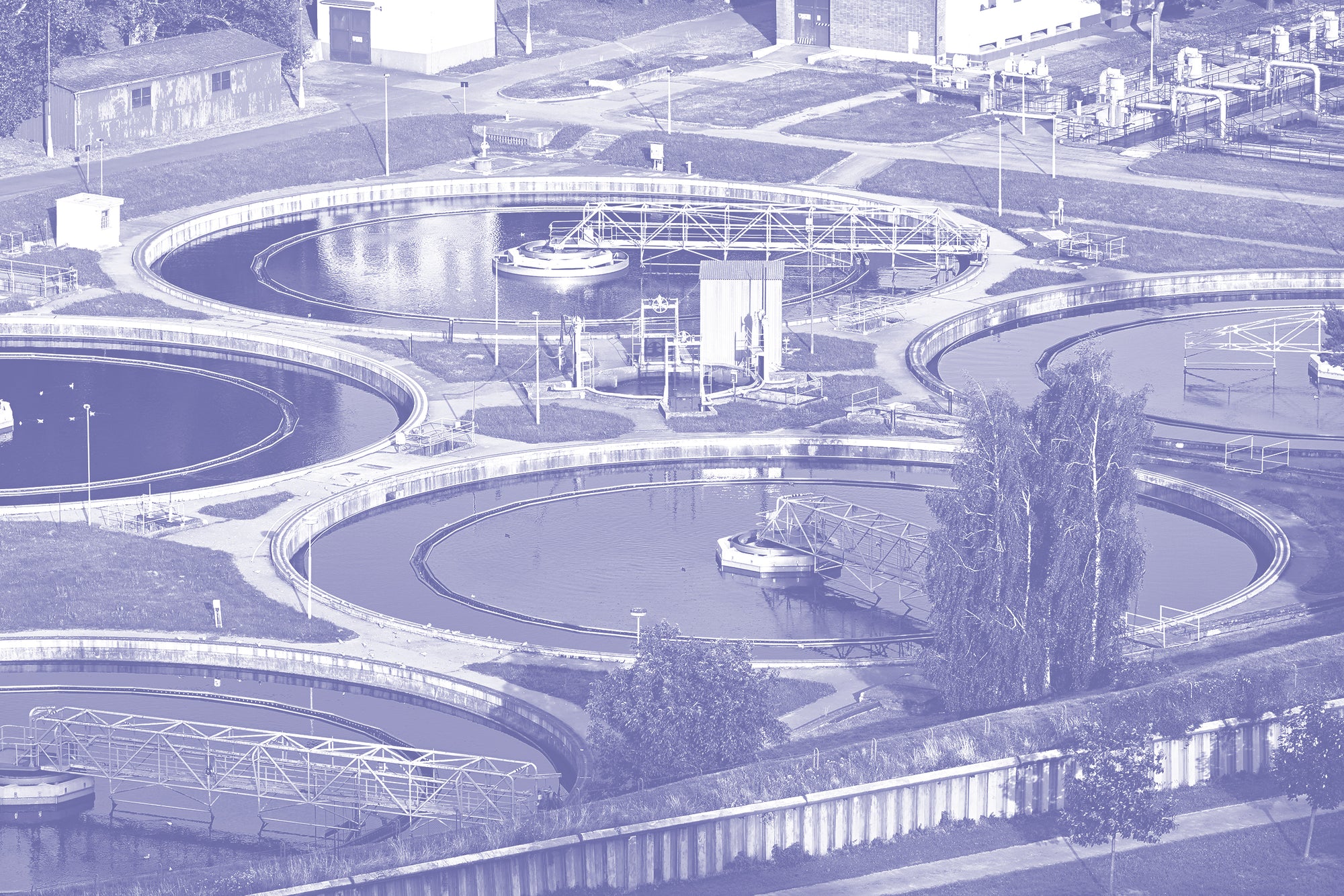
In Healthcare
In the healthcare sector, chlorine dioxide disinfection is one of the primary measures for contamination control and the sterilization of medical equipment, rooms, tools, and surfaces.
Outlined by the Ministry of Foreign Affairs of China, chlorine dioxide is used in several on-site disinfection protocols, such as indoor air disinfection, floor & wall disinfection, and the disinfection of public surfaces, to ensure safety in homes, isolation wards, medical institutions, transfer vehicles, and/or any other potentially disease-contaminated areas. Chlorine dioxide in an aqueous solution is a disinfecting agent designated for disinfection use at any time, meaning it is safe to spray in ventilated spaces in the presence of others and will not cause harm to human health.
Extra, extra! Read all about it!
Scientific journals, articles, and more resources to check out regarding chlorine dioxide & the latest developments in CLO2 knowledge and research as well as current nationwide health updates:








